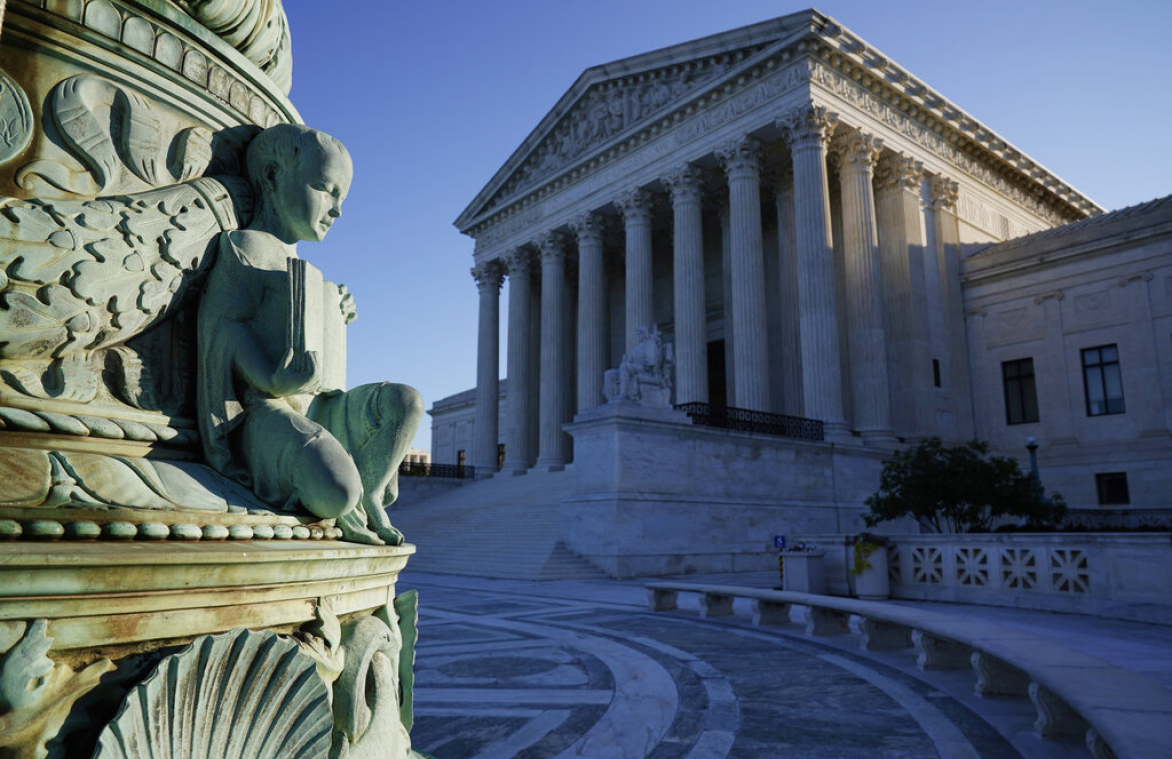A bipartisan group of U.S. senators is trying again to pass a bill that would open proceedings of the United States Supreme Court to cameras and live broadcasts, Courthouse News Service reported.
“The Cameras in the Courtroom Act,” was introduced last week by Senate Judiciary Chair Dick Durbin, D-Ill., and co-sponsored by Chuck Grassley, R-Iowa; Richard Blumenthal, D-Conn., and Amy Klobuchar, D-Minn. The two-sentence change in the law would require the Supreme Court to televise its hearings unless the justices voted that televising would put due-process rights of a party before them at risk.
“Rulings made by Justices in our nation’s highest court impact the lives of every American, regardless of zip code,” Durbin said in a statement. “We see an ever-apparent interest for the American people to be able to witness the highest court’s proceedings.”
“Allowing cameras access to the Supreme Court would be a victory for transparency and would help the American people grow in confidence and understanding of the judiciary,” Grassley said.
Justices including Elena Kagan and Samuel Alito have expressed concerns that televised arguments would cause lawyers to perform for the cameras more than the Court, or that the justices might censor themselves. Clarence Thomas has raised security and privacy concerns. However, many states allow the broadcast of oral arguments before their appellate courts as well as trials and other proceedings.
Courthouse News said the same bill passed the Senate Judiciary Committee in the previous Congress on a bipartisan 15-7 vote but stopped there.
According to the Star-Tribune, Minnesota recently joined more than 35 other states that allow cameras in courtrooms, albeit with varying restrictions on procedures, types of cases, what can be photographed or broadcast and so forth.
Federal courts have for decades resisted cameras. Past pilot programs involving civil cases in U.S. district courts have never resulted in recommendations to open more courts to cameras. The U.S. Supreme Court made a major change in 2010 when Chief Justice John Roberts began releasing audio of Court proceedings, and he has continued a practice begun during the covid pandemic of audio broadcasts of arguments in real time.
It’s also an open question whether it is constitutional for a legislative body to tell the courts what to do. Some state courts have determined that statutes related to open government don’t apply to them and that such matters are handled by their internal rules of procedure, even if the state constitution is explicit that courts shall be presumptively open. For example, these are the Ohio rules governing cameras in courts across the Buckeye State.
Related
New bill would turn on cameras at Supreme Court arguments | Courthouse News Service
Cameras in the Courtroom | The First Amendment Encyclopedia (mtsu.edu)
Cameras in Courts | United States Courts (uscourts.gov)
Minnesota Supreme Court orders expanded camera access in courtrooms (startribune.com)
Open Courts Compendium for Journalists – Reporters Committee (rcfp.org)
The Free Speech Center newsletter offers a digest of First Amendment and news media-related news every other week. Subscribe for free here: https://bit.ly/3kG9uiJ

